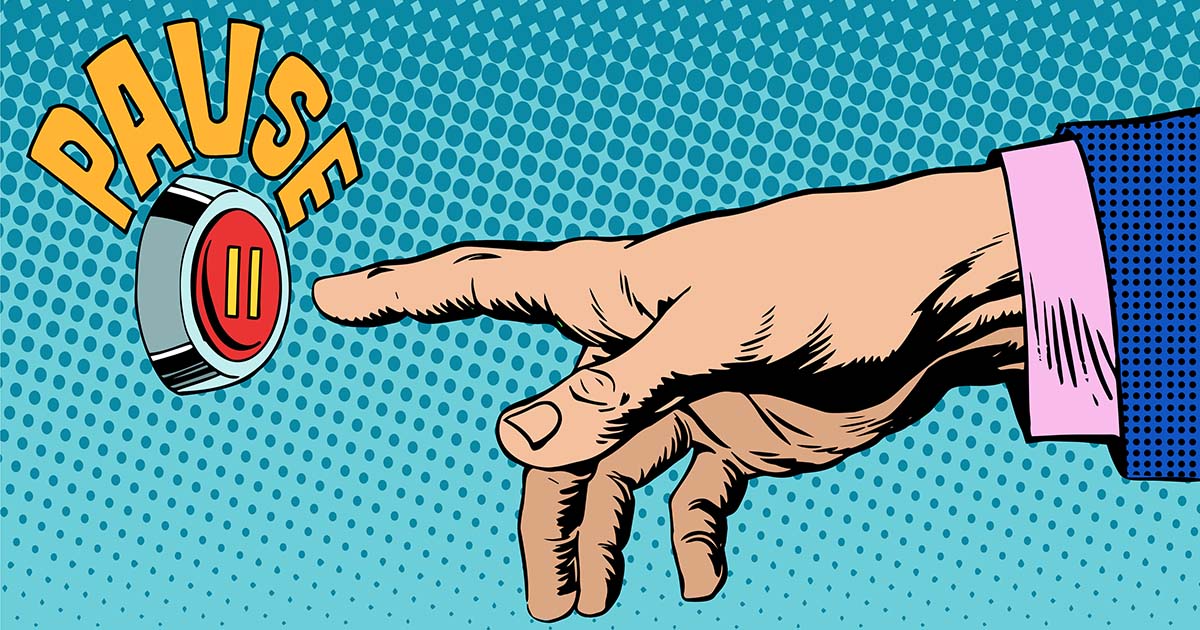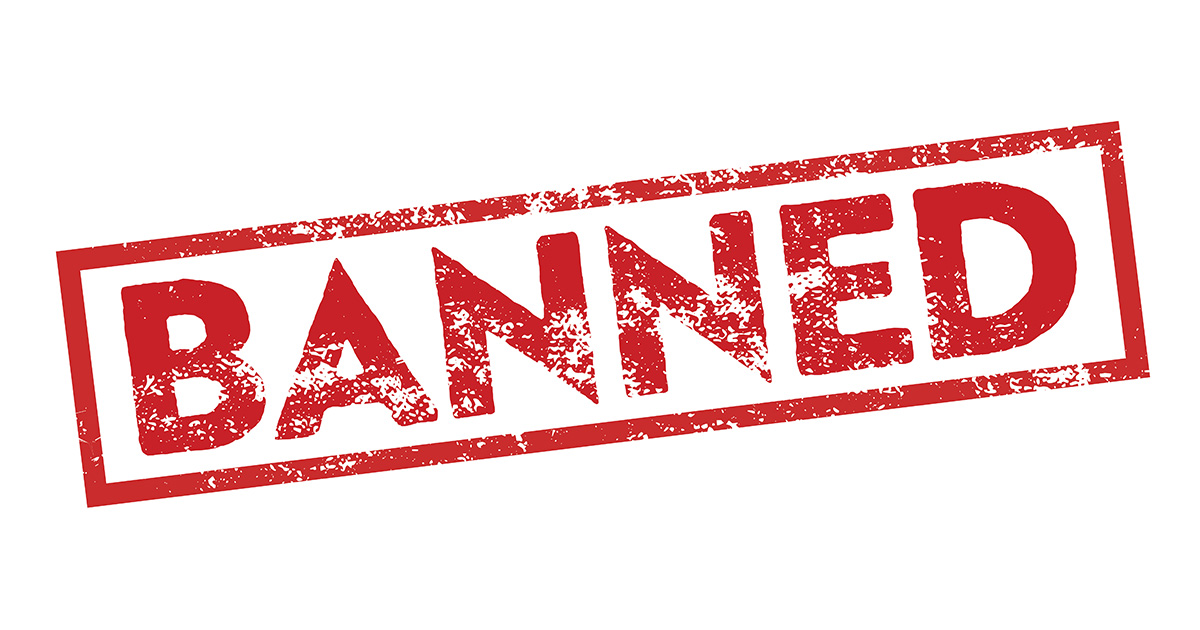Vapor intrusion continues to be one of the most common exposure pathways that we investigate in our work at EnviroForensics. We’ve mentioned in past blogs that many household and commercial products can serve as background sources of contamination in indoor air, making it difficult to determine how much contamination is truly due to vapor intrusion from the subsurface. The presence of background sources is likely to increase concentrations of contaminants in indoor air samples if they are not eliminated prior to sampling and this bias may misrepresent indoor air as it relates to vapor intrusion. Therefore, elimination of background sources is necessary to obtain a true measurement of indoor air quality related to vapor intrusion.
But what about cleaning products and emissions at an active dry cleaning businesses? Dry cleaning emissions are also considered a background source that can contribute to indoor air conditions, but removing them is not as easy as simply moving a bottle of cleaning supplies out of the building before samples are collected. IDEM recently required indoor air sampling in each tenant space at a strip mall where one of our clients owns a coin operated laundromat and actively performs dry cleaning with PCE and TCE. The EnviroForensics team had to go the extra mile to make sure background sources were eliminated as best as possible before collecting the air samples.
After assessing the strip mall’s basic construction and configuration to gather information pertaining to air circulation, we determined that the best approach was to physically remove as many cleaning materials containing PCE or TCE as possible and then complete a fresh air exchange in each tenant space at least 48 hours before sampling. We worked with our client to determine a period of time when his business could continue to operate but cease dry cleaning for approximately three (3) days. Cleaning products that could easily be removed were taken out of the building, but materials were not drained from the dry cleaning machine and dry cleaned clothes were wrapped in plastic and left in place.
After coordinating with the other businesses in the strip mall, a fresh air exchange was conducted in each tenant space using a ventilation fan to draw air from inside the building to the outside, allowing fresh air to flow in. When the air exchange was complete, the EnviroForensics team waited 48 hours before collecting indoor air samples inside each tenant space. In doing so, the project team able to satisfy the IDEM requirement for vapor intrusion assessments, making sure that the samples collected were truly representative of vapor intrusion from subsurface conditions.
EnviroForensics continues to think outside the box to identify viable solutions that will minimize the burden on our client’s ability to run their business while addressing their environmental liabilities.



